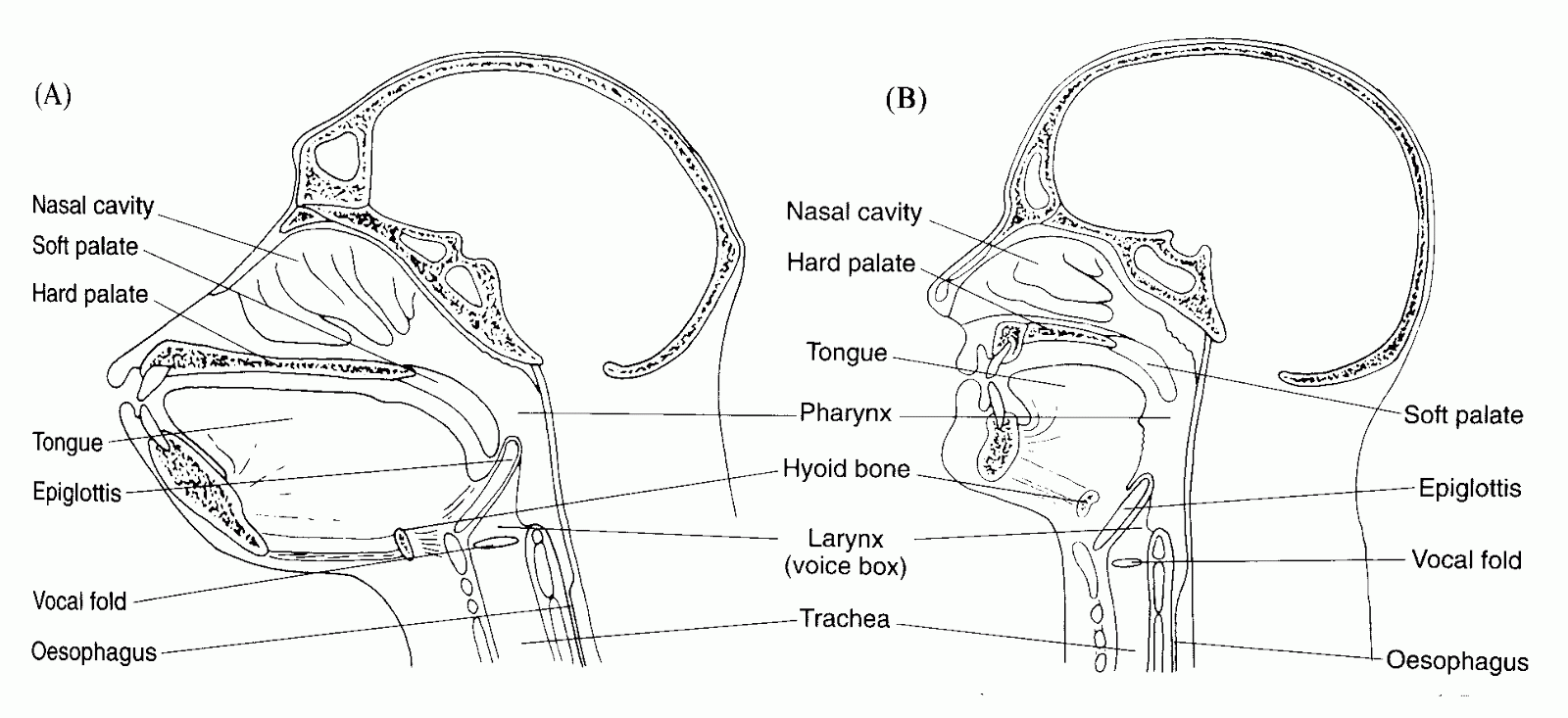

But infantile demands aren't really the hallmark of language. Like an infant human, Nim spoke in "imperative mode," demanding things he wanted.

Why does he think that? It goes back to Nim the signing chimp's linguistic skills.

"I believe that a theory of mind was the big breakthrough by our ancestors," he wrote in an email. Though chimps are very proficient at reading body language, Terrace explained, they cannot contemplate another being's state of mind when there is no body language. Herb Terrace, the primate cognition scientist who led Project Nim, thinks chimps lack a "theory of mind": They cannot infer the mental state of another individual, whether they are happy, sad, angry, interested in some goal, in love, jealous or otherwise. Whatever the case may be, the outcome is clear: "If a chimp throws a big rock and you go over and try to throw it, you just can't," Hunt said. "It may be that that's all there is to it, but those who study chimp anatomy are shocked that they can get that much more power out of subtle changes in muscle attachment points." Īlternatively, their muscle fibers may be denser, or there may be physiochemical advantages in the way they contract. "Some of their muscle arrangement is different - the attachment points of their muscles are arranged for power rather than speed," Hunt said. No one knows where chimps get all that extra power. It took Hunt two hands and all the strength he could muster to snap an equally thick branch. Once, in an African forest, Hunt watched an 85-pound female chimp snap branches off an aptly-named ironwood tree with her fingertips. "Even if we worked out for 12 hours a day like they do, we wouldn't be nearly as strong," Hunt said. Īccording to Hunt, if you shave a chimp and take a photo of its body from the neck to the waist, "at first glance you wouldn't really notice that it isn't human." The two species' musculature is extremely similar, but somehow, pound-for-pound, chimps are between two and three times stronger than humans.

Give it a couple million years and we turned those chipped stones into iPads. We started doing that only 1.5 million years after we became bipedal," Hunt explained. "Once we became bipedal, we had hands to carry tools around. Chimps in the forests did not.Ĭharles Darwin was the first to figure it out why the simple act of standing up made all the difference in separating man from ape. Thus, our ancestors stood up in the scrubby, dry areas of Africa. In the forest if you stand up, you're 2 feet closer to a tree that's 100 feet tall and it doesn't do you the least bit of good." "Trees in dry habitats are shorter and different than trees in forests: In those dry habitats, if you stand up next to a 6-foot-tall tree, you can reach food. "When Africa started getting drier about 6.5 million years ago, our ancestors were stuck in the east part, where the habitat became driest," Hunt told Life's Little Mysteries. Kevin Hunt, director of the Human Origins and Primate Evolution Lab at Indiana University, thinks humans' ancestors stood upright in order to reach vegetation in low-hanging tree branches. Humans are bipedal, and except for short bouts of uprightness, great apes walk on all fours.


 0 kommentar(er)
0 kommentar(er)
